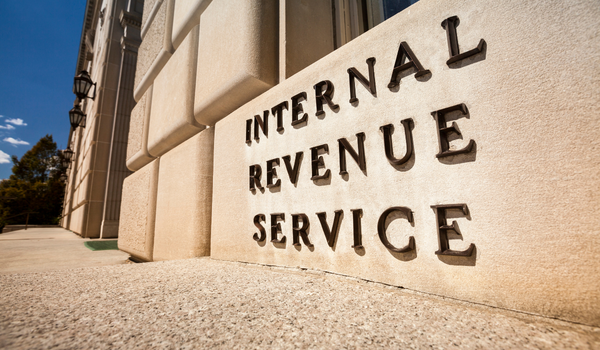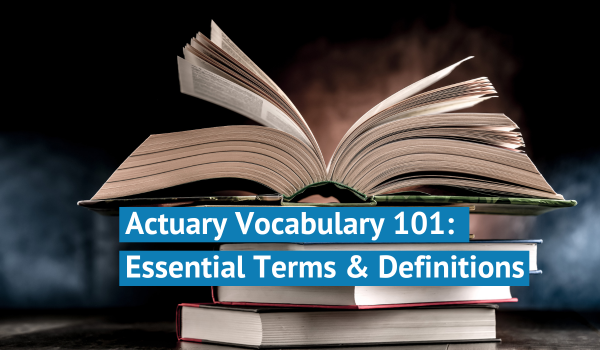SECURE Act 2.0 and What You Need to Know
March 26, 2021|Stephanie Irvin

KEY POINTS
- UPDATE: SECURE Act 2.0 clears the House Committee May 4, 2021, with 5 Key Revisions.
- A new bill has been introduced to the House which will build upon recent changes made with the passage of the SECURE Act.
- The bill is intended to help you save for retirement, directly targeting those just starting and those nearing retirement age.
- If you’re an employer, the bill also provides provisions that create actionable steps to help you entice your employees to adopt and continue to contribute to your retirement plan.

You’ve probably heard the term “SECURE Act 2.0” floating around in the world of retirement lately. If you’re a business owner or just doing some Google research on retirement plans for yourself, let me clarify the possible changes that might be coming soon and how they’ll affect you or your business.
A new bill set to further enhance provisions made by the SECURE Act in 2019 was introduced in October. The bill is being dubbed the SECURE Act 2.0, but formally known as the Securing a Strong Retirement Act of 2020. The new secure act retirement bill aims to encourage the adoption of running retirement plans by reducing many headaches as well as make it easier for your employees to save for retirement. Here are 8 key changes being proposed in the new bill:
Required auto-enrollment for new plans.
To make it easier for your employees to save for retirement under 401(k), 403(b), and savings incentive match plans for employees (SIMPLE) plans, the bill would enact auto-enrollment for new participants. Your employees will still have the option to opt out if they don’t want to be automatically enrolled.
Existing plans will be grandfathered in or exempt from adopting automatic enrollment if the plan is approved. It’s also important to note that automatic escalation of deferrals will be required (anywhere from 1% per year to a maximum of 10% of compensation).
Higher Age Threshold for Required Minimum Distributions (RMDs) of 75 years.
If you are turning 72 this year, you will be required to take RMDs from your retirement accounts. The SECURE Act 2.0 intends on raising the starting age for RMDs from 72 to 75. This would allow your money to grow for 3 more years untouched.
Exempt participants with less than $100,000 from RMDs.
If your retirement account balance is $100,000 or less on the year you meet the threshold age, you will be exempt from taking the RMD.
Increase catch-up contributions to $10,000.
The bill increases the limit on catch-up contributions from $6,500 to $10,000 for 401(k) and 403(b) plans if you are 60 years and older. It will also be adjusted with the cost of living moving forward.
With increased catch-up contributions and the RMD threshold being pushed to 75 years of age, this would allow you to significantly grow your savings.
Employees who are repaying student loans would be eligible for employer-match contributions.
If you have student loans, the bill would allow you to make payments towards your loans in place of your DC plans and still receive your employer match contributions under a 401(k) plan, 403(b), or SIMPLE IRA. This would allow you to pay off your student loan debt while still contributing to your retirement savings.
Authorize employers to offer incentives for plan participation.
As an employer, you will be able to offer de minimis financial incentives to encourage employees to participate in your company’s plan (e.g., small gift cards, etc.)
Two year threshold for part-time employees to be eligible to participate.
The bill would allow your part-time employees who have been with your company long-term to participate in your retirement plan after two years (the current threshold being three years).
Simplify plan administrative requirements.
Secure Act 2.0 would also simplify some plan administration issues such as alleviating some disclosure requirements, expanding the IRS Employee Plans Compliance Resolution System (EPCRS), and changing requirements on retrieving overpayments made to retirees.
In Conclusion
All of the provisions above are subject to change since the bill has only recently been introduced in the House of Representatives. Currently, this bill requires plan amendments to be made by the end of 2022. It’s expected to have broad bipartisan support, however, it has not been determined how much the bill will cost and includes no provisions to raise revenue so it is open to modification before being enacted.
The SECURE Act was passed almost entirely unanimously in both the House and the Senate so it’s likely that the SECURE Act 2.0 will be approved. If the legislation is passed, it could have a great impact on small businesses. I recommend keeping an eye on this bill.
Additional resources:
Categories: Retirement

About The Author Stephanie joined the Odyssey Advisor’s team all the way from the Lonestar state in November of 2020. She is versatile in her abilities and has experience in copywriting, photography, and analytics. She helps tell our brand story and convey...
More Insights From This author

October 15, 2024
Stephanie Irvin

November 29, 2023
Stephanie Irvin

November 15, 2023
Stephanie Irvin





